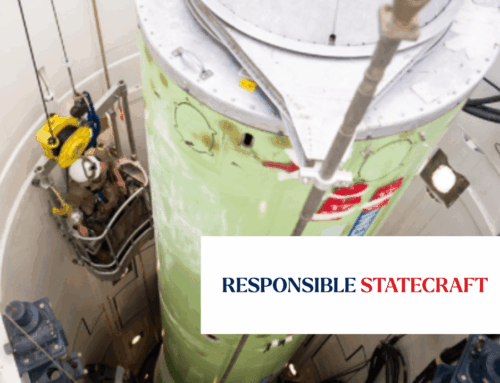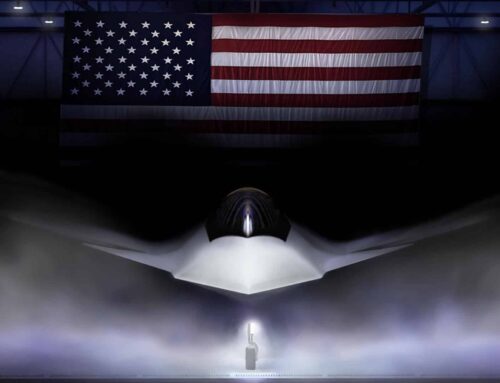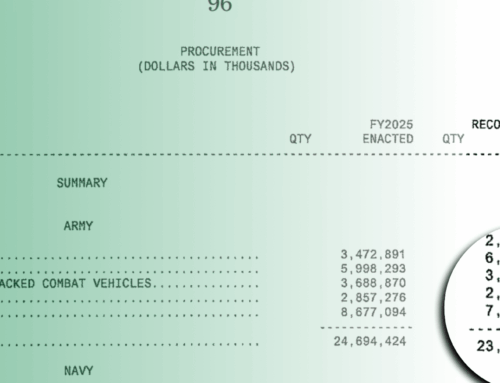At the risk of sounding like a broken record, the Pentagon’s Overseas Contingency Operations account is nothing but a slush fund used by the Pentagon, with complicity from Capitol Hill, to evade budget caps that control funding in nearly every other federal department.
For years, this so-called war-fighting account has been considered a special, untouchable perk for agencies with national security responsibilities. The vast majority of the extra money goes to the Pentagon, but the State Department also receives a small slice of this account.
To understand the issue, let’s review how this account began. In the mid- to late 1990s, personnel and operations and maintenance costs tied to U.S. Army actions in the Balkans were much higher than expected when the budget was first formed. The original contingency account was a transfer fund created in fiscal year 1997 to allow other Pentagon funds that were not expended by the end of the fiscal year to be swept into an account to pay for Balkans operations. Back then, this transfer fund had roughly $1.5 to $2 billion funneled from other Pentagon accounts. From these humble and practical beginnings grew an enormous fund that peaked in fiscal year 2008 with a request of $186.9 billion.
While on a downward trajectory since then, the account has not decreased at a rate that coincides with the number of troops actually operating overseas in response to contingencies. Indeed, our colleagues at the Project on Government Oversight recently calculated that in the top funding year of 2008, spending in the war fund translated to about $1 million per overseas troop. The fiscal year 2017 request equals $4.9 million per troop. As their report points out, this is an increase of just under 500 percent.
Over the years, the war funding requests have generated various outrages. There was the time the Marine Corps asked to use war funds to buy new F-35s to replace fighter aircraft that had been destroyed several years earlier. My organization pointed out that the F-35 was neither operational nor stationed overseas at that time, seemingly a poor fit for the use of “overseas contingency operations” funding. New Jersey Republican Rep. Rodney Frelinghuysen, chairman of the House Defense Appropriations Subcommittee, agreed. Using unusually sharp language, he denied the request: “The Committee is concerned that [Overseas Contingency Operations] appropriations, which are provided by Congress specifically for ongoing combat operations and related efforts, are being utilized in this reprogramming to backfill budgetary shortfalls in acquisition program that have only tenuous links to the fight in Afghanistan and other current operations.”
There is also the practice of using the war account for military construction projects. Building a hangar in Bahrain for Navy patrol aircraft may be overseas, but it is the antithesis of a contingency. Although Democratic Maryland Rep. Chris Van Hollen and Republican South Carolina Rep. Mick Mulvaney offered amendments to strip this and other projects from a spending bill last year, Congress voted to allow this twisting of the war funding account. Through these and many other examples, it’s obvious this account is being used by the Pentagon to fund programs that should be requested in its base budget.
In case there is any doubt about the subterfuge, reporting by Inside Defense contained a revealing quote from a Pentagon spokesman. He stated that the war fund “includes requirements associated with a forward presence and readiness that will likely continue after current operation in Afghanistan and Iraq/Syria conclude. The cost associated with these enduring requirements is in the range of $30 billion annually.”
And there we have it. About 50 percent of this year’s request for the war fund is actually for “enduring requirements” and “will likely continue” after the conclusion of current overseas operations.
The only surprise in this announcement is that anyone is actually surprised. As the bank robber Willie Sutton said, “I rob banks because that’s where the money is.” Similarly, enduring requirements are being funded by the war account because that’s where the money is.










